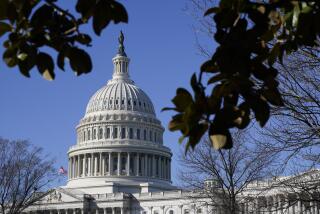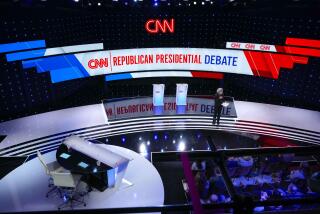Pro-Romney ‘super PAC’ launches $3.1 million ad campaign [video]
A “super PAC” backing Republican presidential hopeful Mitt Romney launched the most expensive ad campaign in the GOP primary to date with a 30-second spot touting Romney’s record.
Restore Our Future, a committee formed by several former Romney aides, including Republican operative Carl Forti, will spend $3.1 million airing pro-Romney ads in Iowa, the group announced on Thursday.
It is the latest evidence that outside groups like Restore Our Future -- which can accept unlimited contributions from individuals, corporations and labor unions – will reshape the way campaign advertising is financed in the 2012 presidential election, the first since a series of court rulings and regulatory decisions erased many limits on the way money can be donated and spent on campaigns.
To put the $3.1 million in perspective, Barack Obama spent $9 million on paid media in Iowa during his campaign for the Democratic nomination. Hillary Rodham Clinton spent $7.2 million, and John Edwards spent $3.2 million, according to tabulations by CNN.
Forti is also the political director of American Crossroads, a super PAC that flooded the airwaves last year with ads aimed at electing Republicans to Congress.
The first ad asks how many jobs President Obama created as a community organizer and as a law professor.
“Maybe now you see the problem…” it says.
“Mitt Romney turned around dozens of American companies and helped create thousands of jobs,” the ad says. “He rescued an Olympics hit by scandal…took over a state facing huge deficits…and he turned it around without raising taxes, vetoing hundreds of bills.”
That first claim – the one about Romney creating jobs when he ran the hedge fund Bain Capital – was the subject of a recent report by Times writers Tom Hamburger, Melanie Mason and Matea Gold, who determined that: “Bain expanded many of the companies it acquired. But like other leveraged-buyout firms, Romney and his team also maximized returns by firing workers, seeking government subsidies, and flipping companies quickly for large profits. Sometimes Bain investors gained even when companies slid into bankruptcy.”
kim.geiger@latimes.com
More to Read
Get the L.A. Times Politics newsletter
Deeply reported insights into legislation, politics and policy from Sacramento, Washington and beyond. In your inbox three times per week.
You may occasionally receive promotional content from the Los Angeles Times.






